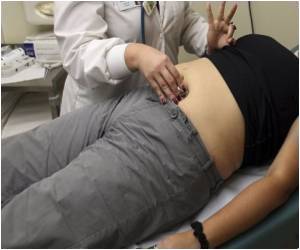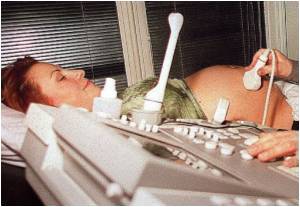
Researcher Viswanath Venkatesh, professor in the Sam M. Walton College of Business, University of Arkansas, conducted the study.
India has high infant mortality rates - approximately 55 per 1,000 live births - and child mortality rates - 78 per 1,000 live births.
In response to this problem, several private organizations have installed Internet kiosks to provide valuable information about prenatal and postnatal care for mother and baby.
Venkatesh and former doctoral student Tracy Sykes, now assistant professor at the Australian National University, examined the impact of these Internet kiosks.
They conducted a five-year study of women in 20 rural villages, 10 with Internet kiosks and 10 with no such intervention.
Advertisement
From 2004 to 2009, infant and child mortality rates in both groups decreased, but overall the intervention group - those villages with Internet kiosks - experienced a more rapid decline.
Advertisement
Year Control group Intervention group
2004 68.4 68.5
2005 66.2 65.1
2006 64.1 61.8
2007 61.8 56.4
2008 59.4 52.2
2009 57.3 49.1
Though the percentage of women using the kiosks was low, only 4.8 percent in 2004 and rising steadily each year to 8.8 percent in 2009.
Venkatesh said this information was valuable because it showed that the transfer of information about health issues depended not only on the kiosk but also on women's ties to other women who had used them.
Venkatesh and Sykes then tested the classic social network hypothesis, which argues that strong ties among community members result in positive social benefits.
In this case, they found the opposite, that strong community ties among women in the villages were associated with negative effects on them seeking health information and medical care.
The study was presented to a United Nations panel of experts at a conference in Paris.
Source-ANI








